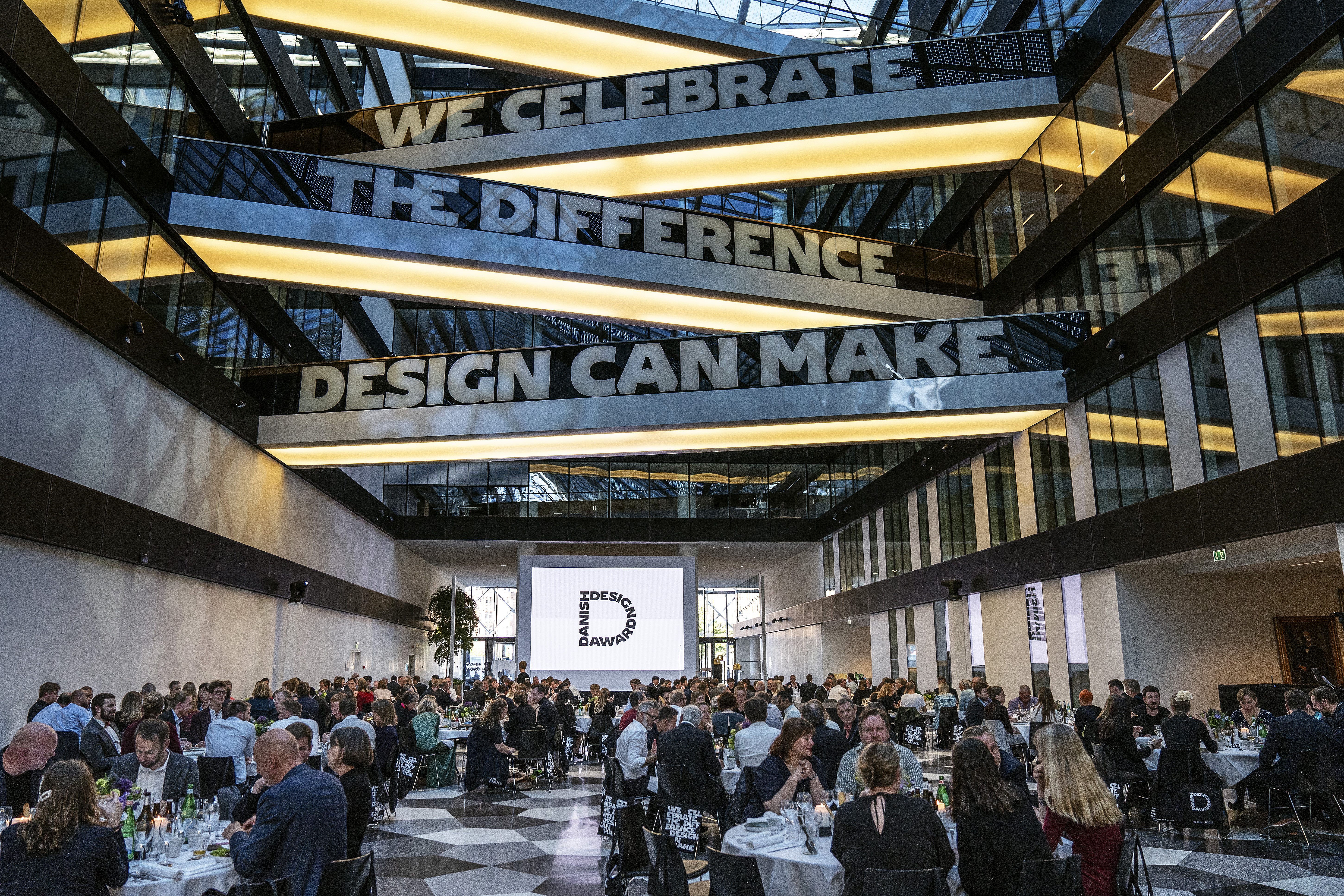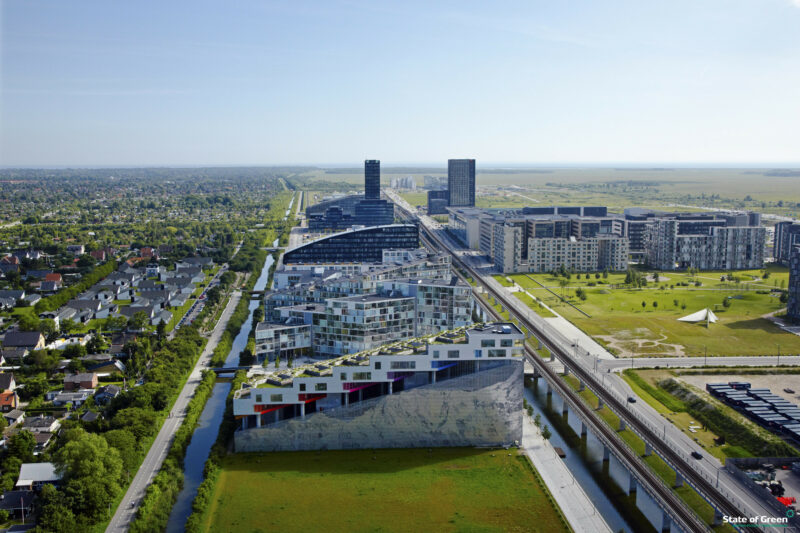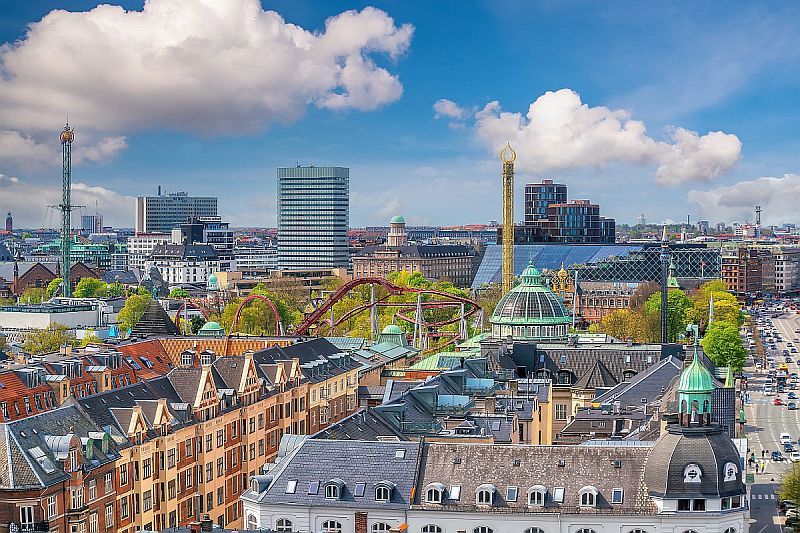News
Air pollution
Building design
Building materials
+7
Danish design contributes to the UN Sustainable development Goals


On May 13, Denmark’s national design prize, the Danish Design Award, was presented at the Confederation of Danish Industries (DI) in Copenhagen. A noticeable red thread among the winning solutions was a focus on the UN Sustainable Development Goals (SDGs).
”It is clear to see that Danish designers are incorporating the UN Sustainable Development Goals when designing new products. Because each goal requires a design solution. The design process can help ensure that we ask the critical questions throughout the product’s entire life cycle from the choice of materials to the final result. I am pleased to see that Danish designers are entering the global stage with new perspectives on sustainability,” said Christina Melander, Programme Director at the Danish Design Centre.
Sustainable design winners
The winner of the category “Visionary concepts” was EnergyLab Nordhavn - a demonstration site in Copenhagen’s north harbour that shows how energy and transport can be combined into an intelligent and flexible overall solution in urban areas, contributing to SDG 7 and 11.
- Related solution: EnergyLab Nordhavn
[embed]https://vimeo.com/319568370[/embed]
The category “Liveable cities” was won by the design solution “Xiamen bicycle Skyway” - an elevated bicycle pathway along a busy traffic road that integrates pedestrian bridges, ramps, roundabouts, bicycle parking, bicycle service pavilions and points of interest, contributing to SDG 11.
-Related solution: The bicycle skyway in Xiamen, China
Finally, the winner of the “Icon Award” was the VELUX Window – a design classic, which since 1941 has transformed architecture and indoor climate by enabling healthy and comfortable living under the roof worldwide, contributing to SDG 3.
-Related solution: Sustainable living
Circular building design
Rethinking the design process within construction represents an enormous potential for reducing waste and increasing recycling and reuse. Discarded materials from construction and demolition account for approximately 35 per cent of waste generated in the EU, and with constantly growing cities, there is a continued need for new buildings.
Several Danish companies are working on solutions that contribute to more circular construction, including design for disassembly and waste prevention, as well as design from upgraded waste to be used within the building sector.
One of these companies is Lendager Group, who also won a prize at Danish Design Award 2019. The prize was given for their Upcycle Studios - a project that demonstrates how a circular economy can be established enabling new buildings to be created from “up-cycled” materials.
Source: Danish Design Award
You should consider reading
solutions
Urban infrastructure planning
+2
SuperBlockify
15 November 2024publications
Combined heat and power production
+9
District Energy
25 October 2024events
Urban planning and development
+7















